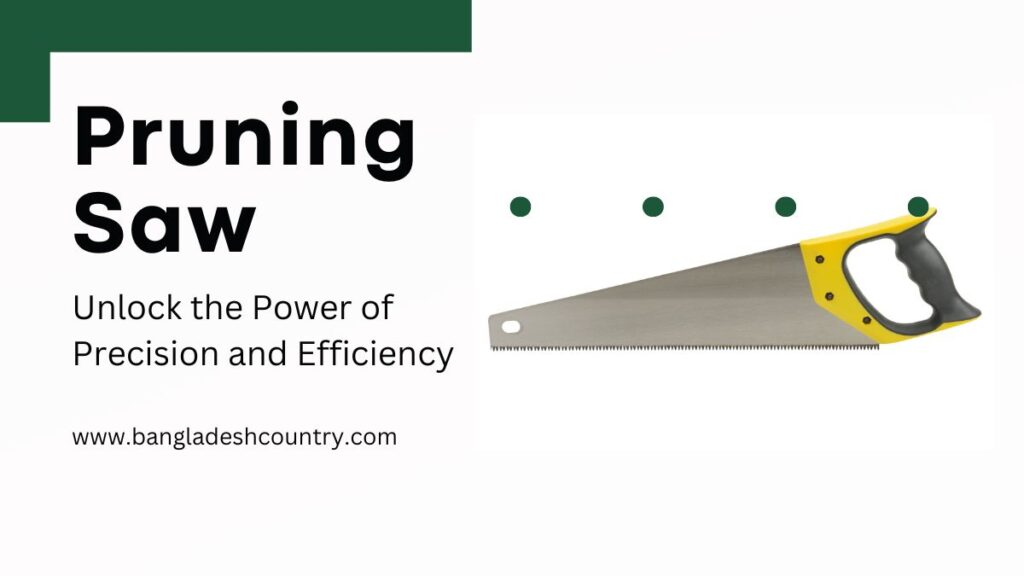Introduction
Gardening becomes much more efficient when your tools are properly cleaned, maintained, and ready to use. Whether you’re planting vegetables or shaping flower beds, your results depend on the reliability of each garden tool you use. However, without consistent care, even the best tools can become rusty, dull, and harmful to your plants.
One effective way to protect your tools and simplify your routine is by setting up a garden tool cleaning station. This designated area helps you clean, sharpen, and store your tools in one organized space. For both new and experienced gardeners, having a tool cleaning system is essential for long-term success.
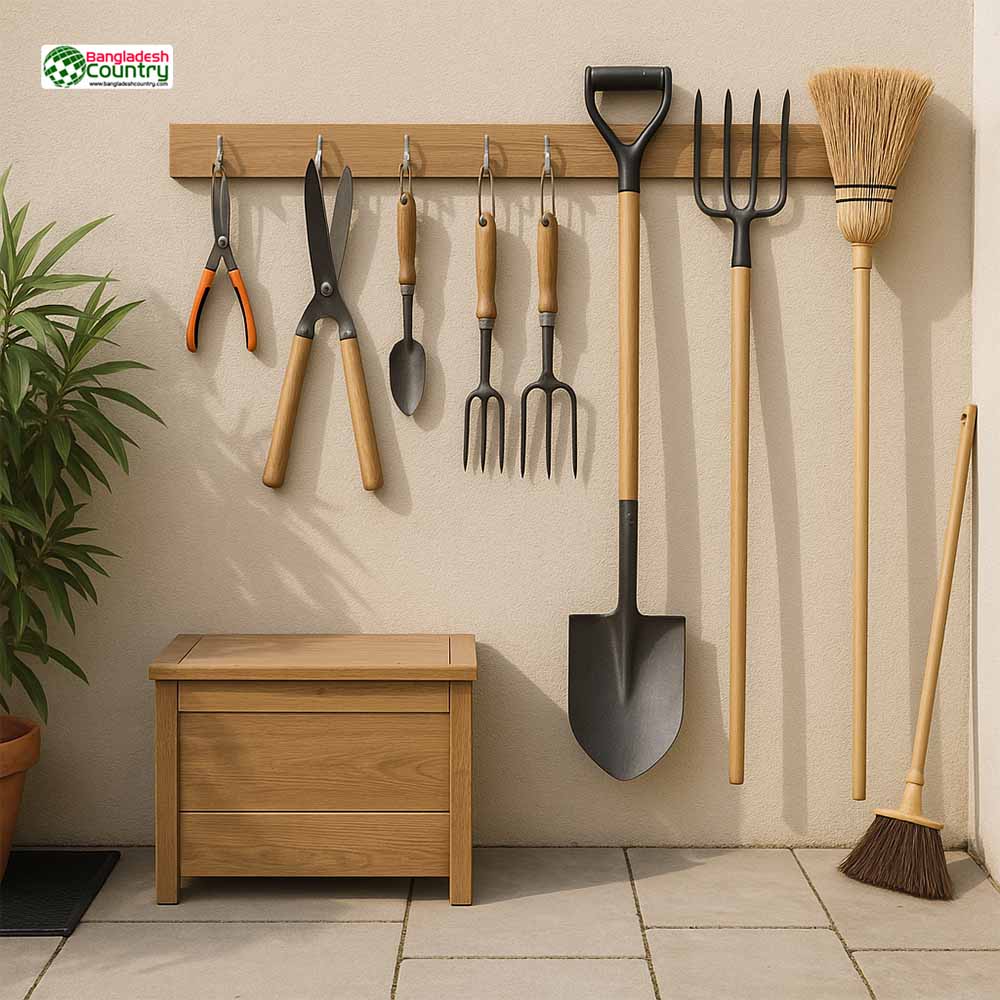
Throughout this article, we will walk you through the key advantages of using a tool cleaning station, how to build one, what tools and supplies to include, and the best maintenance practices to keep everything running smoothly. We’ll also highlight the most common mistakes to avoid and recommend some quality pre-built stations if DIY isn’t your style.
By the end, you’ll not only understand how to care for your gardening tools but also gain practical insights into creating a cleaner, more productive outdoor workspace.
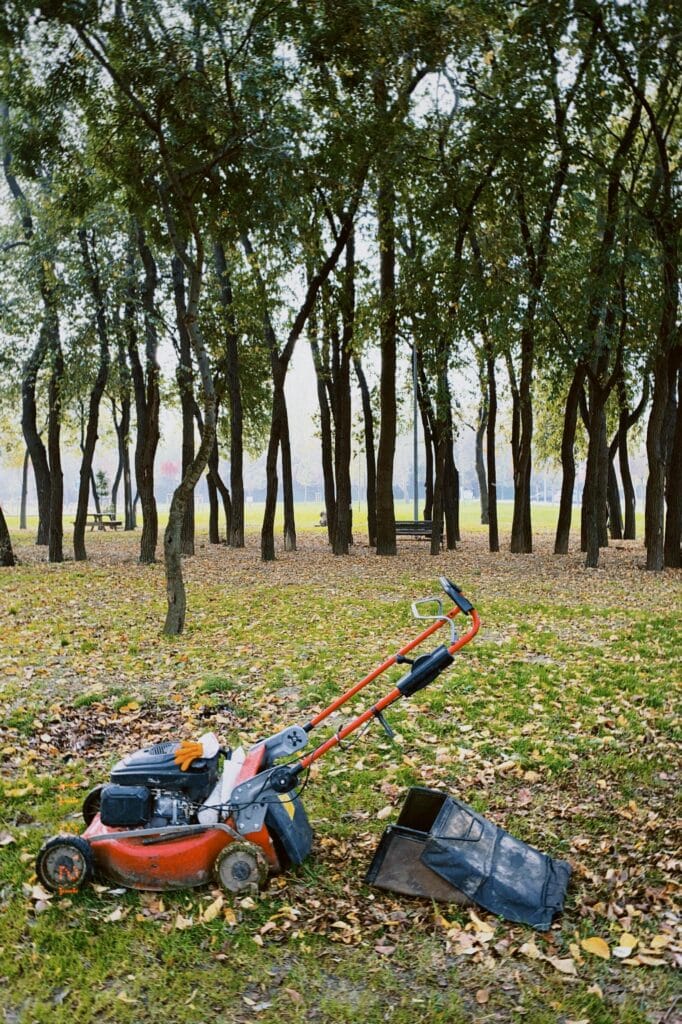
What Is a Garden Tool Cleaning Station?
A garden tool cleaning station is a small setup or space used for cleaning and maintaining your garden tools after each use. These stations often include features like brushes, soap dispensers, drying racks, and storage shelves. Some are simple and compact, while others are full workbenches with built-in sinks or hooks for hanging gardening equipment.
The main purpose of the station is to help remove dirt, plant sap, and moisture that can build up on tools. When these residues are left unchecked, they cause rust and reduce the efficiency of your gardening tools. A well-planned station not only protects your tools but also reduces the spread of plant diseases across your garden.
More than just a cleaning spot, this station helps organize everything from your pruners to your garden hoe, so you never waste time hunting for what you need. It’s especially useful for those who take pride in their gardening setup and want their tools for garden maintenance to stay in peak condition.

Key Benefits of a Garden Tool Cleaning Station
Having a dedicated space to clean your garden tools brings several practical benefits:
1. Extends Tool Lifespan
Cleaning tools regularly removes corrosive substances and moisture. This prevents rust and preserves sharp edges on items like hand trowels and pruning shears. As a result, your investment in quality gardening tools lasts for years.
2. Increases Work Efficiency
Well-maintained tools perform better. Clean blades cut more precisely and require less physical effort. Whether you’re using a soil scoop or a garden spade, smooth operation can make a big difference in time and energy.
3. Prevents Disease Spread
Unclean tools can transfer bacteria, fungi, and viruses from one plant to another. A cleaning station helps stop this by disinfecting tools before reuse, which is especially important for people using planting tools in vegetable gardens.
4. Keeps Your Workspace Organized
By storing everything in one spot—rakes, digging tools, gloves—you save time and maintain a clutter-free shed or garage.
These benefits make a strong case for building or buying a garden tool storage and cleaning station, especially for anyone serious about healthy plants and a productive garden.
Must-Have Features in a Cleaning Station
To make your station truly effective, focus on design and materials. A good cleaning station for garden tools should be compact, organized, and weather-resistant. If you’re short on space, choose a foldable or wall-mounted model.
Compact Layout
For smaller gardens or sheds, vertical storage using pegboards or modular units saves space while keeping everything accessible. Hooks and labeled containers also help keep tools like your hoe, weeder, and spade in place.
Weather-Resistant Materials
If your station is outdoors or in a semi-open space, go for materials like galvanized steel, treated wood, or durable plastic. These resist rot, rust, and sun damage, extending the life of the setup.

Built-In Drying and Sharpening Areas
Drying racks or mesh surfaces prevent trapped moisture. Sharpening corners with a file holder help maintain blade edges on cutting tools.
Tools and Supplies to Include in Your Station
Your cleaning station needs more than just soap and water. To keep your garden tools in peak shape, stock up on these essentials:
- Wire brushes for scraping off mud and rust
- Soft bristle brushes for delicate parts
- Mild soap or eco-friendly cleaning solutions
- Sharpening files and whetstones
- Lubricating oil to protect metal parts
- Rags or towels for drying
- Buckets or basins for soaking
- Storage bins to organize smaller items like screws, labels, or tool parts
Having the right supplies close by makes cleaning easy and encourages consistent maintenance. You’ll be less likely to put off washing or sharpening your tools when everything is within reach.

How to Build a DIY Garden Tool Cleaning Station
Creating your own garden tool cleaning station is not as hard as it seems. You’ll need a small space near your garden or shed, access to water, and basic tools like a saw, screws, and a drill.
Step 1: Choose the Right Spot
Pick a shaded, well-ventilated area. Make sure there’s good drainage if water is involved.
Step 2: Gather Materials
Use treated wood, metal grids, or plastic bins. Repurpose an old sink or tabletop for a cleaning surface. Add pegboards or wall hooks for vertical storage.
Step 3: Build and Organize
Install a basin or tub for soaking tools, racks for drying, and shelves for storing supplies. Leave room for a flat work surface where you can clean, oil, or sharpen your gardening implements.
DIY vs Pre-Made Garden Tool Cleaning Stations
When planning a garden tool cleaning station, you typically have two options: build it yourself or buy a pre-made version. Each approach has its own advantages and trade-offs, depending on your budget, available space, and preferences.
DIY Cleaning Stations
Advantages
- Customization: You can design the station to fit your exact needs—whether you’re working with a large shed or a small backyard corner. It’s perfect for storing all your gardening implements and tools.
- Budget-Friendly: DIY stations can be made using repurposed materials like old tables, sinks, or wooden pallets.
- Personal Satisfaction: Creating something functional with your hands adds a sense of ownership and pride.
Challenges
- Time-Consuming: Planning and building takes time and patience, especially if you want it to be durable and weather-resistant.
- Skill Requirements: Some basic carpentry or DIY skills are necessary to build a solid structure.
Pre-Made Cleaning Stations
Advantages
- Convenience: These are ready to use right out of the box, saving time and effort.
- Professional Finish: Pre-made stations often feature higher-quality finishes, smart layouts, and better durability.
- Enhanced Features: Many come with built-in hooks, basins, and compartments specifically designed for garden cleaning tools.
Challenges
- Higher Cost: High-quality models can be expensive, especially if they include extra storage or weather protection.
- Limited Flexibility: What you see is what you get—modifications are usually not possible.
How to Maintain a Garden Tool Cleaning Station
To get the most out of your garden tool cleaning setup, you need to maintain both the station and your tools. A clean and efficient space encourages regular upkeep and prevents unexpected tool failures.
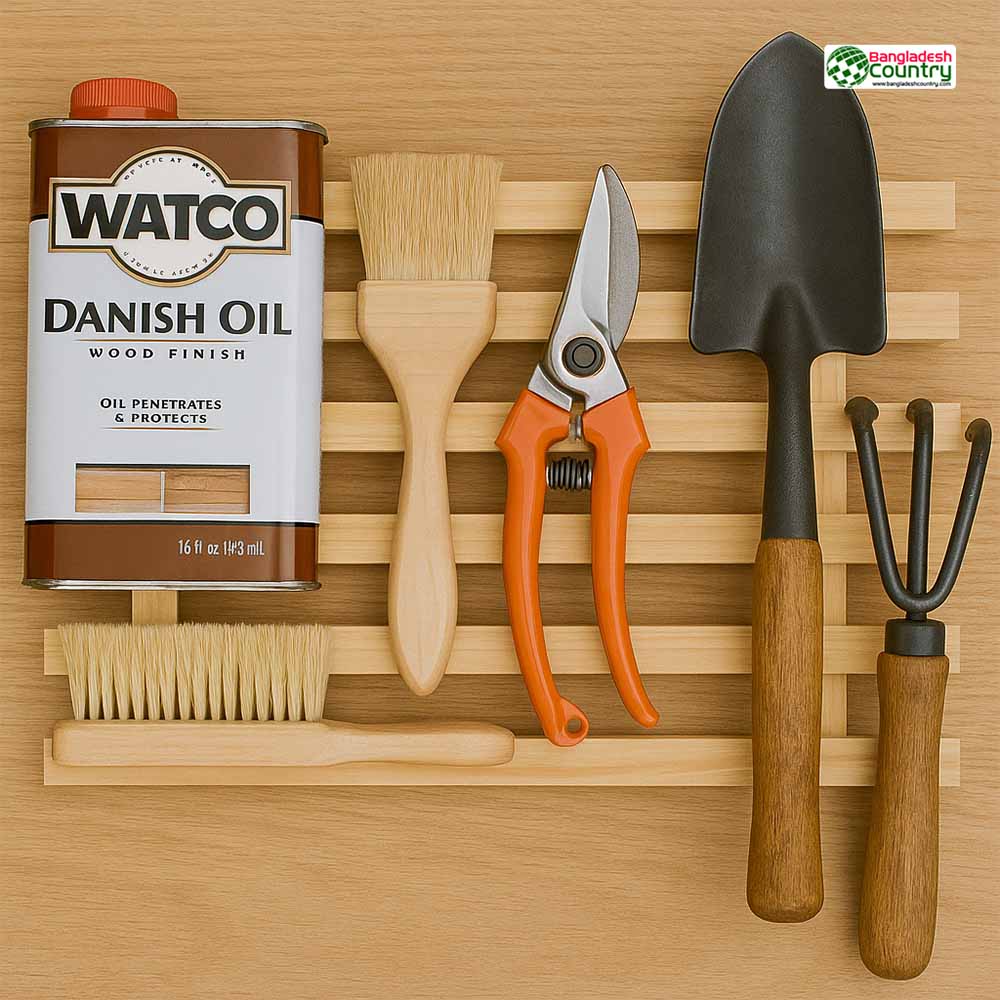
Weekly Checklist
Clean and Inspect
- Wipe down the drying racks, shelves, and storage bins.
- Inspect the cleaning brushes, soap containers, and sharpening stones for wear.
- Remove any standing water from basins to avoid mold.
Reorganize
- Return any misplaced digging tools or brushes to their designated spots.
- Empty trash bins and restock cleaning supplies like rags or soap.
Monthly Deep Maintenance
Repair and Refresh
- Tighten loose screws or brackets in wooden stations.
- Apply oil to wooden surfaces and rust protectant to metal parts.
- Clean the drainage system if your station is connected to one.
Common Mistakes to Avoid in Tool Cleaning Stations
Even with the right tools, poor maintenance habits can defeat the purpose of having a garden tool station.
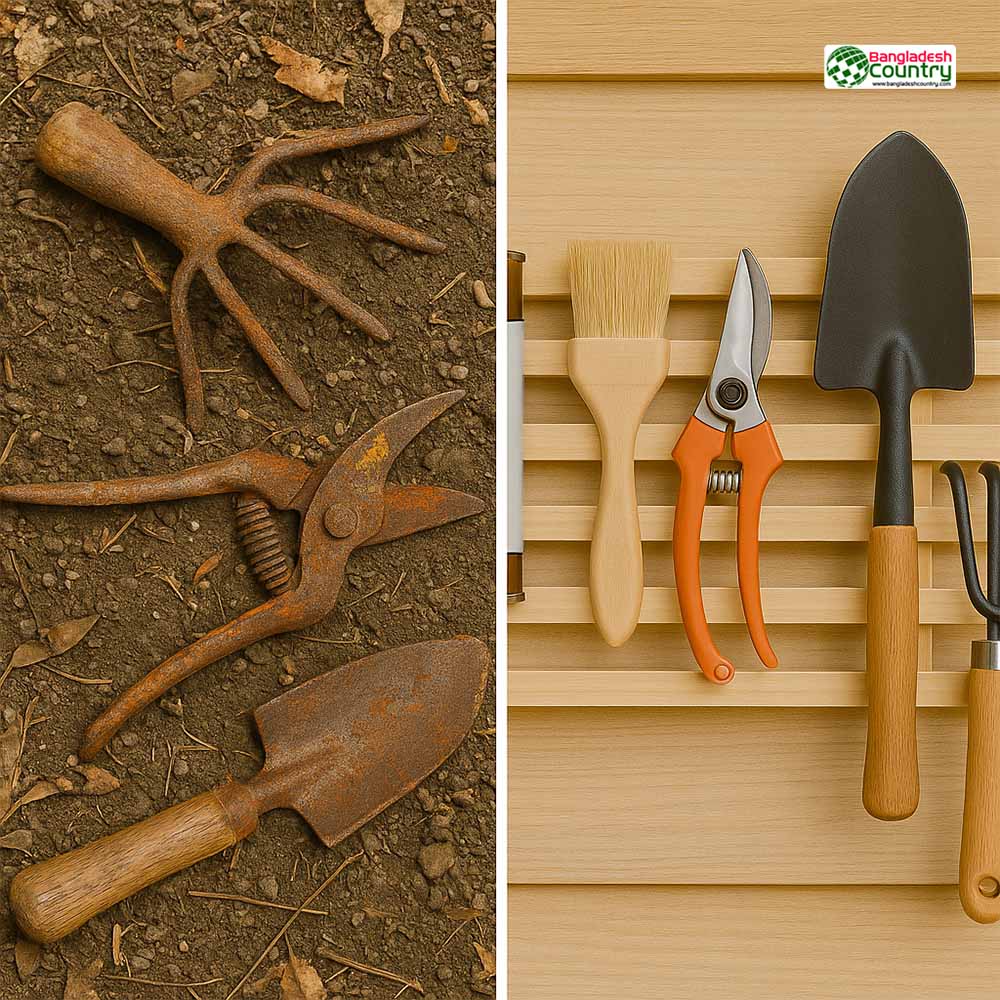
Not Drying Tools After Cleaning
Moisture is one of the biggest enemies of metal. If you leave tools wet after washing, they will quickly develop rust. Use a dry cloth and apply a light coat of oil on metal garden tools like pruners and shears.
Using Harsh Chemicals
Some cleaning agents can corrode your garden hand tools or degrade plastic parts of your cleaning station. Stick to mild soap or eco-friendly cleaners that are safe for tools and the environment.
Over-Scrubbing or Improper Sharpening
Aggressive scrubbing can scratch surfaces or strip protective coatings. Likewise, using the wrong angle or file can dull blades instead of sharpening them.
Disorganized Storage
Tools that aren’t returned to their place get lost or damaged. A cluttered space also slows you down during gardening sessions.
Recommended Garden Tool Cleaning Stations
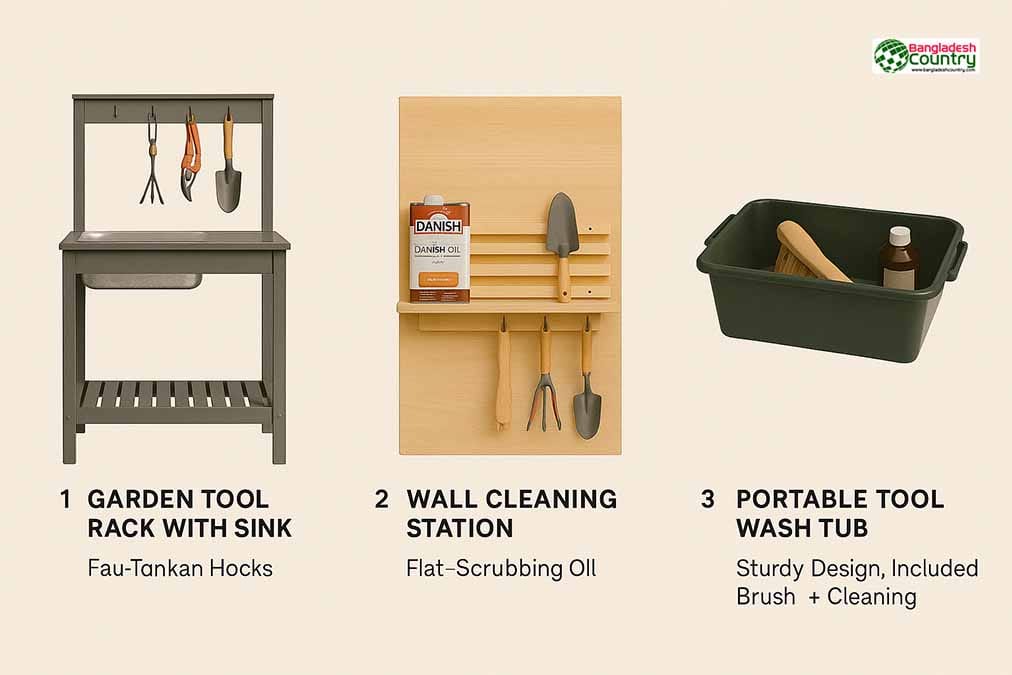
If you’re looking to skip the DIY route, here are some trusted pre-built cleaning stations that cater to American gardeners:
Top Picks
- HOMZ Outdoor Tool Organizer
- Lightweight plastic, UV-protected, weather-resistant
- Ideal for gardening tools like rakes, hoes, and hand spades
- Rubbermaid Deluxe Tool Tower
- Holds up to 40 tools
- Easy assembly, perfect for garages or outdoor sheds
- Suncast Outdoor Cabinet with Shelves
- Durable resin build
- Lockable doors for safety, adjustable shelving for custom storage
What to Look For
- Sturdy, rustproof materials like treated wood or metal
- Adequate space for drying and storage
- Compatibility with your existing garden implements and tools
Conclusion
A garden tool cleaning station is more than just a place to rinse off dirt—it’s a smart investment in the longevity and performance of your gardening gear. With regular care, you reduce wear, prevent disease, and work more efficiently. Whether you build one yourself or purchase a pre-made unit, a well-designed cleaning area keeps your gardening tools ready for action and your workspace tidy.
By avoiding common mistakes and following routine maintenance practices, you can ensure your tools remain sharp, rust-free, and easy to use. In the end, a little organization goes a long way in creating a successful gardening experience. A little organization goes a long way in creating a successful gardening experience. And for even more rewarding results, learn how to grow your own organic herbs here: Organic Herb Gardening: 7 Powerful Reasons to Start Today.
Frequently Asked Questions About Garden Tool Cleaning
How often should I clean my garden tools?
After every use—especially when tools are exposed to soil, sap, or moisture.
What is the best cleaning solution for garden tools?
Use mild soapy water or a mix of vinegar and water. Avoid bleach or harsh chemicals.
Can I store wet tools in the station?
No. Always dry them before storage to avoid rust and mold.
Is a DIY station really worth the effort?
Yes, if you enjoy hands-on projects and want a custom solution. Otherwise, pre-made stations are convenient and effective.
What tools should I include in a basic cleaning station?
Brushes, soap, oil, sharpening tools, drying rags, and storage bins for organizing smaller parts.



